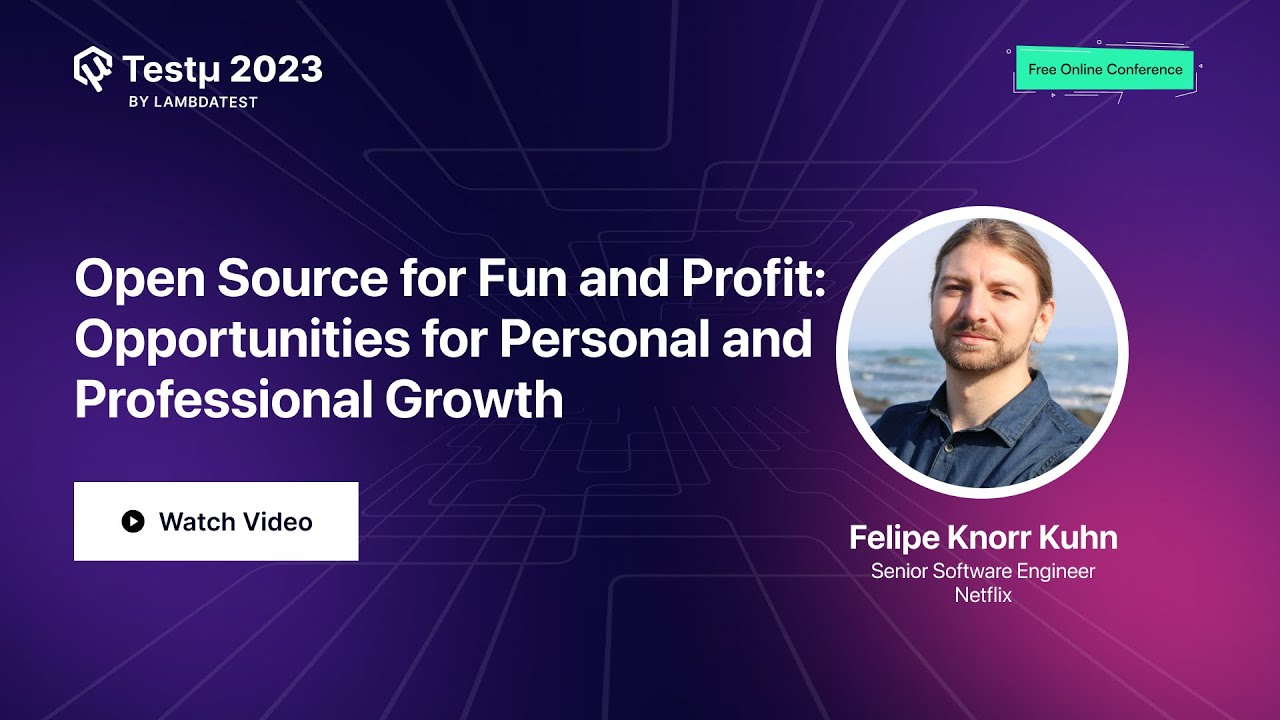Drawing from my extensive experience in the world of open-source software, I can share some insights into some of the most successful and impactful open-source projects. These projects have not only made significant contributions to the software industry but have also shaped the way we collaborate and innovate in the digital age. Here are a few notable examples:
1. Linux:
Linux is perhaps one of the most iconic and influential open-source projects. It’s an operating system kernel that serves as the foundation for countless Linux distributions (like Ubuntu and CentOS) and powers servers, smartphones (Android), and embedded systems. Linux has revolutionized the software landscape, providing a stable, secure, and cost-effective alternative to proprietary operating systems.
2. Apache Web Server:
The Apache HTTP Server, often referred to as simply Apache, is a widely used open-source web server. It has been a cornerstone of the internet since the mid-1990s, serving countless websites and web applications. Its flexibility, performance, and strong community support have cemented its position as a top choice for web hosting.
3. Mozilla Firefox:
Mozilla Firefox is an open-source web browser that has played a pivotal role in promoting web standards and user privacy. It was a key driver in challenging the dominance of Internet Explorer and encouraging competition in the browser market. Firefox’s commitment to open standards and user empowerment remains influential.
4. Python:
Python, a versatile and easy-to-learn programming language, has gained immense popularity. It’s widely used in web development, data science, artificial intelligence, and more. Python’s simplicity, readability, and an extensive ecosystem of libraries have made it a go-to choice for developers worldwide.
5. PostgreSQL:
PostgreSQL is a powerful open-source relational database management system (RDBMS). Known for its reliability, extensibility, and support for advanced features, it has gained a strong following in the database community. Many large-scale applications and businesses rely on PostgreSQL for their data storage needs.
6. Kubernetes:
Kubernetes, often abbreviated as K8s, is an open-source container orchestration platform. It has revolutionized how containers (like Docker) are managed and scaled in production environments. Kubernetes has become an essential tool for containerized application deployment, making it a critical project in the cloud-native ecosystem.
To sum up, these open-source projects, among many others, have left a strong mark on the tech industry. They have demonstrated the power of collaboration, transparency, and community-driven development. Their continued success serves as a testament to the enduring impact of open-source software and its ability to drive innovation and progress in the digital age.
![]() Ready to explore open-source opportunities?
Ready to explore open-source opportunities?![]()

